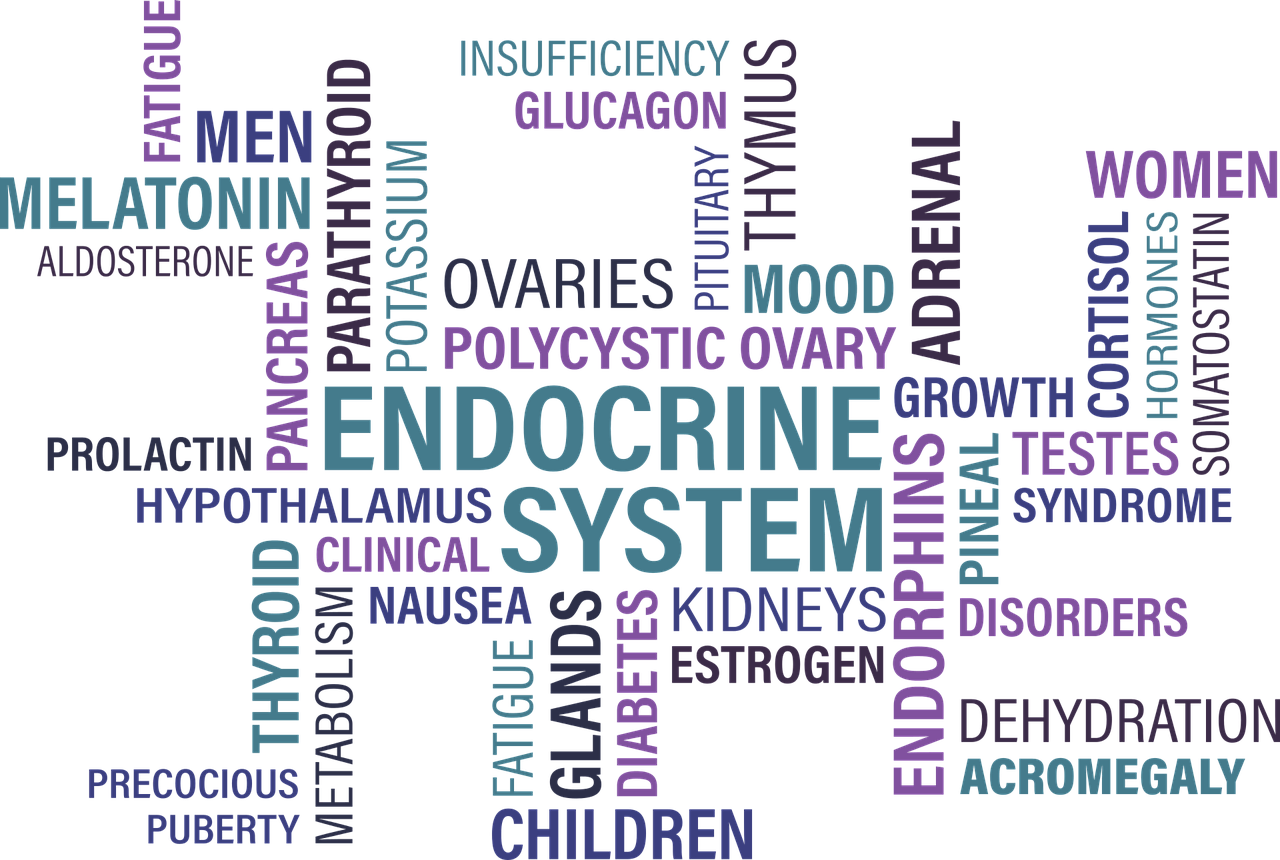
FRANCE: Memo relative to trials and experiments
16 June 2016
FRANCE: Withdrawal of 132 authorisations for products containing glyphosate and POE-tallowamine
29 June 2016The European Commission presented on 15 June 2016 draft regulations which set the criteria to identify endocrine disruptors under pesticides and biocides regulations. These drafts will then need to be adopted, involving the European Parliament and the Council.
The scientific criteria endorsed by the Commission are based on the World Health Organisation’s (WHO) definition of an endocrine disruptor.
The WHO defines a substance as an endocrine disruptor if:
– it has an adverse effect on human health;
– it has an endocrine mode of action;
– and if there is a causal link between the adverse effect and the mode of action.
The criteria endorsed by the Commission also specify how the identification of an endocrine disruptor should be carried out:
– by making use of all relevant scientific evidence;
– using a weight of an evidence-based approach;
– and applying a robust systematic review.
As for pesticides, to ensure that swift action is taken, EFSA was asked by the Commission to begin looking at whether approved individual substances that show indications of being endocrine disruptors can be identified as endocrine disruptors according to the criteria in the draft text. This will also help to ensure that the regulatory Agency is ready to apply the criteria as presented by the Commission, and in accordance with the applicable regulatory procedures, once the criteria enter into force.
The Commission is also proposing to adjust the ground for possible derogations under the plant protection products legislation in order to take into account the latest scientific knowledge. The ‘hazard-based’ approach of the Pesticides Regulation will be maintained, meaning that substances are banned on the basis of hazard without taking into account the exposure. However, the grounds for possible derogations have been adjusted so that they are based on scientific knowledge and make the best use of available scientific evidence including information related to exposure and risk.
To download:
Lynxee consulting’s team is at your disposal to answer your questions.
Contact us! https://lynxee.consulting/en/contact/
Photo credit: pixabay


